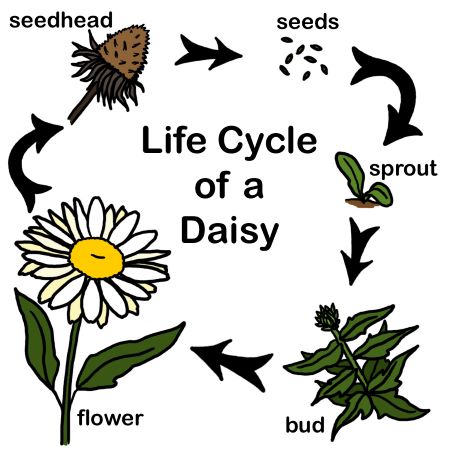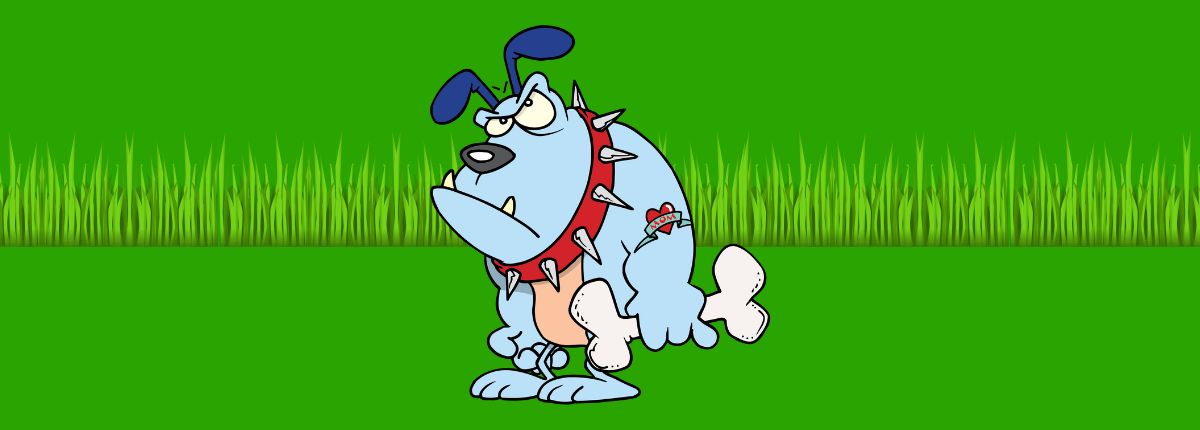Are Daisies Weeds or Flowers?
Daisies look great and can give the lawn a lovely carpet of white flowers with a yellow center come Spring. But are they a weed or a flower? It depends on who is looking at them and where they are. As a lawn care business owner, many customers constantly ask me to cut lower because they don’t want daisies.
It’s not so much that they don’t like daisies; it’s more that they are in the wrong place. They are all over an otherwise green lawn, which makes them unwanted plants. The dictionary definition of a weed is an unwanted plant. dictionary.com
I guess I answered that question a bit early, but there’s still plenty more to learn, like why you get daises in your lawn and how you get rid of them. Read on for the answers.
Understanding Daisies
Daisies are not just one plant; there are many variations. They tend to turn up in spring but are not opposed to showing up in summer or autumn if the climate is mild enough.
- Common daisy (Bellis perennis): This variety can bloom throughout the spring, summer, and sometimes into early autumn in temperate climates. In milder climates, it might even bloom year-round. RHS description and photo.
- Shasta daisies (Leucanthemum × superbum) typically flower from early summer to early fall.
- English daisies (Bellis perennis): Often considered a spring flower, they can bloom from early spring into early summer.
- Oxeye daisies (Leucanthemum vulgare) generally bloom in late spring through summer.
The Daisy in Botanical Terms
Perennial
The broad daisy family has two main kinds of daisies. One is a perennial, meaning it can survive two growing seasons or more. This is great for the plant but not so good if it grows on your lawn.
The other is an Annual, which will complete its life cycle within a year. These are of cause much less of a problem.
Rhizome
This is how daisies travel. They grow underground stems that sprout and grow new plants. They are not alone in using this technique; bamboo, ginger, and mint, to name a few, also utilize it. Rhizomes help the plants survive the winter months and are also a key factor in helping them spread.
Rosette Formation
This is a growth pattern utilized by daisies. They grow in a circular pattern close to the ground, which helps them conserve moisture in dry conditions.
The Daisy’s Family (Asteraceae) and How It Relates to Other Flowers
The daisy is part of the Asteraceae family. This is one of the largest families, containing over 23,000 species. One thing they all have in common is their composite flower heads. The piece in the middle looks like a single flower but is, in fact, a cluster of smaller flowers. All flowers in the Asteraceae family share this trait.

Daisies in the Garden and Lawn
Daisies can be found in both lawns and gardens. They prefer full sun but will tolerate a bit of shade. They will adapt to most soil types and do not require much water.
Aesthetic and Ecological Roles of Daisies in a Garden Setting
When they grow in the right place, the daisy can give any garden a tremendous rustic cottage garden feel, which is not the only benefit. They also attract many pollinators, including everything from bees to butterflies. This actively helps other plants in the surrounding areas pollinate.
Daisies can also help improve soil quality by providing organic matter that provides a habitat for beneficial insects. This supports biodiversity and encourages a healthy ecosystem.
The Gardener’s Relationship With Daisies
Gardeners have a love-hate relationship with daisies. On the one hand, they are great for filling in those holes where anything else struggles to grow. They also have a lovely rustic look that fits in with almost any garden. I have a few daisies in my garden, although I prefer timing off the old wood to keep them fresh.
On the other hand, they can get out of control quickly and smother other plants. Daisies can take over a garden or a lawn if left to riot. As I said before, the usefulness of daisies will depend on the property owners’ point of view.

Daisies as Weeds
As I said at the beginning of this post, a weed is any plant that grows where it is not wanted—an unwanted plant, so to speak. However, it is a little more than that. Weeds also tend to be robust, survive in most conditions and are hard to kill. This would be a perfect description of a daisy.
Why Daisies Might Be Considered Weeds
A good garden is all about balance—just enough of this plant and that. Daisies can upset this balance. Although they encourage their own little ecosystem, they are invasive and disruptive to other ecosystems. This means that they can soon overrun areas. Due to the rhizomes and the large amount of seeds they produce, they need management to keep them under control in areas you do not want them.
Now that we have discussed the invasive nature of daisies, we will look at how you can manage them.
Strategies for Keeping Daisies in Gardens and Lawns
If you enjoy having daisies in your gardens, you can manage them in a few ways. One way is to keep them as border plants, which gives you better control. One option is to use garden edging to control the spread. I have even seen a great display of highly invasive (but great-looking) flowers planted in a buried bathtub. This controlled the growth and restricted it to the gardener’s desired area.
The final solution for a more wilderness look is to plant them with a companion plant with similar growth requirements, such as lavender, Black-eyed Susan, or Yarrow. This will slow down their progress and attract a more diverse range of pollinators. Lavender will also deter garden pests, which is a bonus.
Advice for Managing Daisies as Weeds
A healthy lawn that is looked after is less likely to get daisies. This would require regular mowing, watering, and fertilizing, making it more resilient to a daisy invasion.

Understanding The Life Cycle Of a Daisy.
There is a way to control daises without using chemicals, but you must get your timing right. In the early stages of growth (such as the basal rosette stage), they are more vulnerable and easier to remove. You can use a tool like a daisy grubber.
By recognizing and taking action at this stage, you can remove the early growth before they can mature and reproduce. You need to be vigilant for this to work.
Now, we move on to control via chemicals.
Chemical Weed Control Methods
The first and most effective method is to apply a pre-emergent herbicide before they appear. This requires familiarity with their growth cycle in your area. If you miss the pre-emergent window of time, then you have the option of using a weedkiller. You want one that targets broadleaf plants without harming the grass.
In Closing – Are Daisies Weeds or Flowers?
So now you know a bit more about daisies and whether they are weeds. It really depends on their location and how you feel about them. We have talked about how they grow and what makes them so prolific. Then, we covered a way to discourage them naturally or, if absolutely necessary, with chemicals. And that, my friend, is the wonderful world of daisies.
So next time you spot a daisy, you have all the information you need to decide if it is friend or foe.
Frequently Asked Questions
When Do You Weed and Feed Your Lawn?
How to Measure Lawn Mower Cutting Height?
Does cutting grass make it grow faster?
How Do You Dethatch a Lawn With a Mower Attachment?
Get tips & tricks on how to grow a profitable lawn care business delivered to you inbox every week.





Leave a Reply